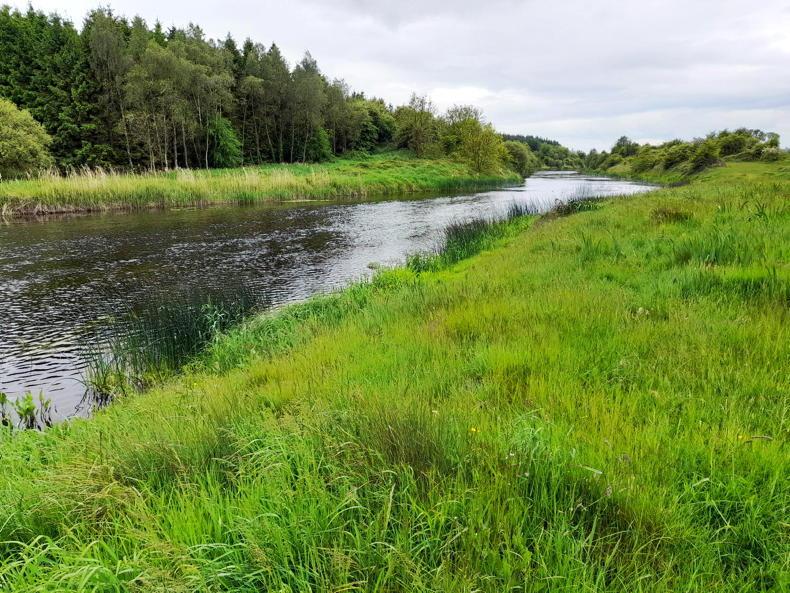According to Teagasc, not only is soil fertility needed for increased production efficiency, but it is also needed in line with stricter environmental regulations and high input costs.
The first step in ensuring soil fertility is adequate is rectifying any issues through soil sampling.
Taking a representative soil sample every 2ha to 4ha gives the true nutrient status of the soil you’re working on.
While soil samples can be taken throughout the year, the best time to sample is between November and February.
Correct pH
Ensuring soil pH is correct is an important step in optimising soil fertility. Nutrients such as nitrogen (N), phosphorus (P) and potassium (K) may only become available to the grass plant at certain pH levels.
Ground limestone is the most cost effective way to correct pH, with application rates determined through a soil test report.
Lime costs around €25/t to €30/t delivered and spread. If the lime requirement is more than 3t/ac or 7.5t/ha, Teagasc advises splitting into two dressings over two years.
August and September are ideal times to spread lime, as ground conditions are good, silage is made and grazing rotations have lengthened.
Next, bringing P and K levels up to index 3 is important for correcting soil fertility. P is needed for root development, while K increases stem strength and crop yield.
Nutrient supply
When at index 3 for both P and K, nutrients being removed through offtakes need to be replaced to maintain optimum levels.
Index 1 and 2 soils have very low nutrient supply and require additional fertiliser or manure applications to boost fertility levels, especially if they’re subject to high stocking rates.
Index 4 soils have a high nutrient supply, so P and K reserves can be utilised for crop establishment, which will save on fertiliser.
Organic manures, such as slurry and farmyard manure, are valuable sources of N, P and K and can be useful for keeping those levels at an optimum.
Due to the higher offtakes, it is recommended to target these organic manures to silage ground.










SHARING OPTIONS